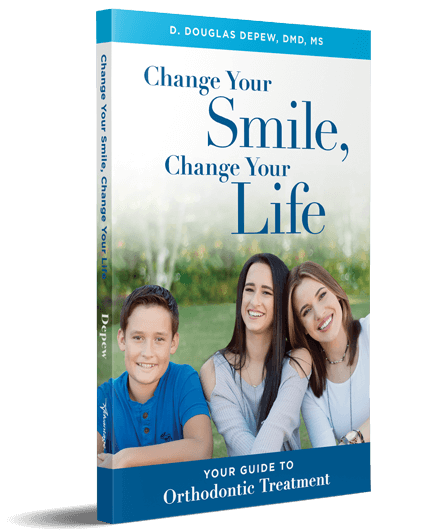One of the things I love about being an orthodontist is that each patient brings with them a unique challenge. Many of my patients have come to me because they have special circumstances that require orthodontic correction. Today, I’m going to go over some of the more common issues I see, as well as methods for correcting them.
Overjet. This refers to when the upper teeth are too far forward and/or your lower jaw is too far back. This condition is more commonly called overbite. When correcting overjet the goal is to grow the lower jaw forward while moving the upper teeth backwards. This can be achieved by using a bite corrector or with elastics attached to braces.
Underbite. The opposite of overjet, an underbite happens when the lower jaw is too far forward. In some cases the top teeth are tipping backwards into the mouth as well. When correcting underbites, we want to slow down the lower jaw growth and make the upper jaw and teeth come forward.
It’s best to correct an underbite as early as possible, so that you can manipulate the jaw as it’s growing. Underbites can be corrected using an expander in the top of the mouth, braces and elastics, or in rare cases surgery. The earlier you begin correcting an underbite, the less likely it is that surgery will be required.
Crossbite. This condition can occur with just one tooth or many teeth, depending on the situation. Crossbite refers to when two corresponding teeth don’t line up. For example, if your top right back molar is positioned closer to the cheek than the bottom right back molar, that’s a crossbite.
If left to run its course, this condition can lead to crowding, impacted teeth, and unusual tooth wear. I’ve used expansion appliances, braces, springs, and elastics to correct crossbite. Since each case is so different, the techniques for each patient vary widely.
Impacted Teeth. Wisdom teeth are the most commonly impacted teeth, followed by upper canines. Any tooth that isn’t able to grow in on its own is considered impacted. Before helping a tooth grow in, it’s important to make ample space for it by expanding the palette and/or moving the adjacent teeth. Then, we might need to help the tooth grow in by attaching a chain and slowly pulling it into place over time.
Missing Teeth. When a patient is missing a tooth or multiple teeth, there are a few options. We can close the space where a tooth would’ve been or we can prepare the space open for an implant. Since implants can’t be placed until after the jaw stops growing, patients often need a temporary solution to hold the space open. I usually opt for a temporary fixed bridge, which can easily be removed to insert an implant later.
Misshapen Teeth. While you can usually control how teeth line up, you can’t always control their shape. Some teeth are just smaller than normal or oddly shaped. The best way to fix these is to open a small space beside the tooth, and then a dentist can use composite material or a veneer to make the tooth the right shape and size.
Extra Teeth. Whenever we find extra teeth, it’s best to extract them as early as possible. Otherwise, they can cause crowding, root damage, and other complicated issues down the line. I often work with an oral surgeon to extract any extra teeth I find in adolescent or teenage patients.
As you can see, orthodontics has the ability to solve just about any issue a smile can have. If you’d like to see what superior orthodontic care can do for your child, call Depew Orthodontics today to set up an appointment!

